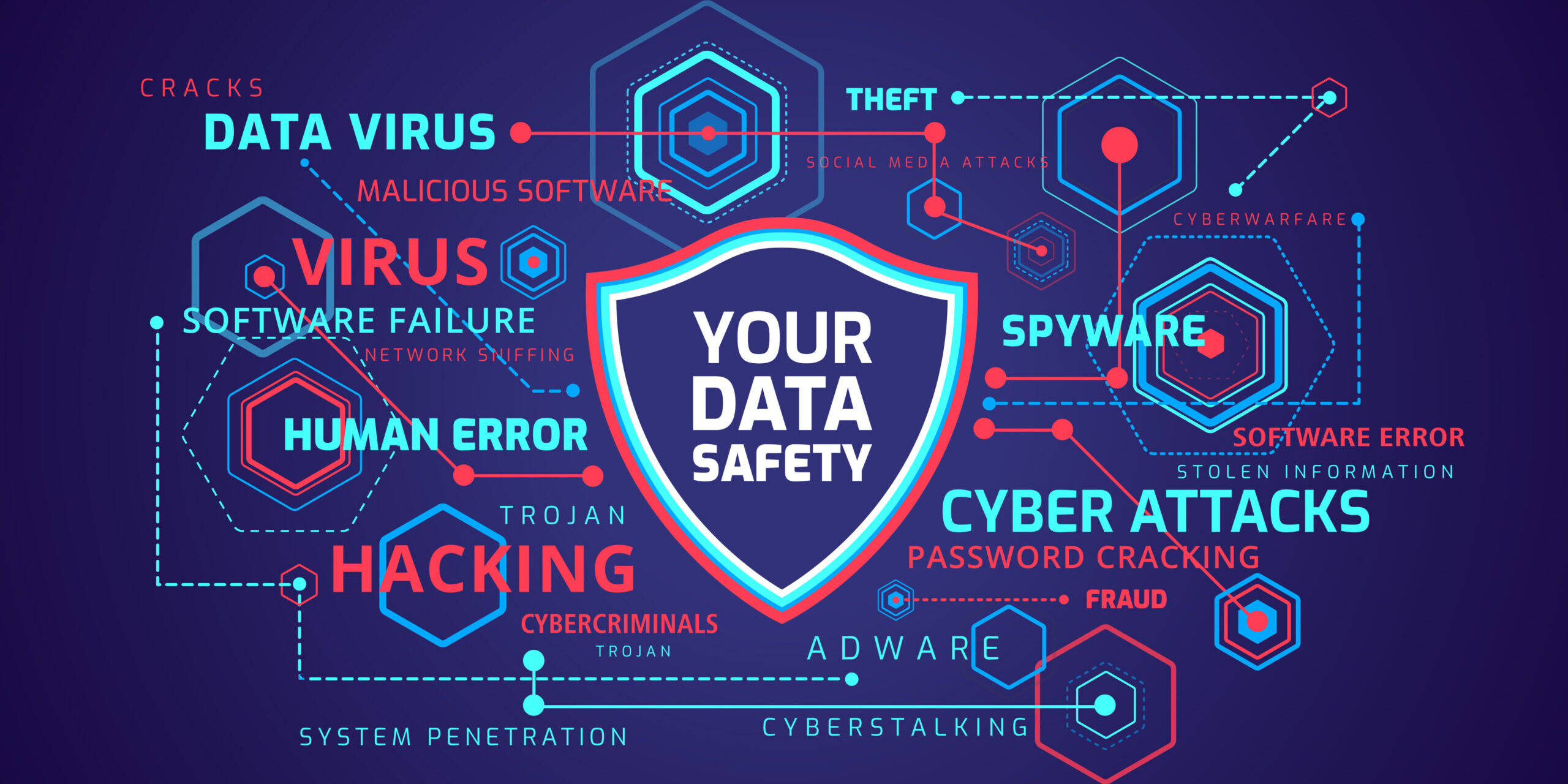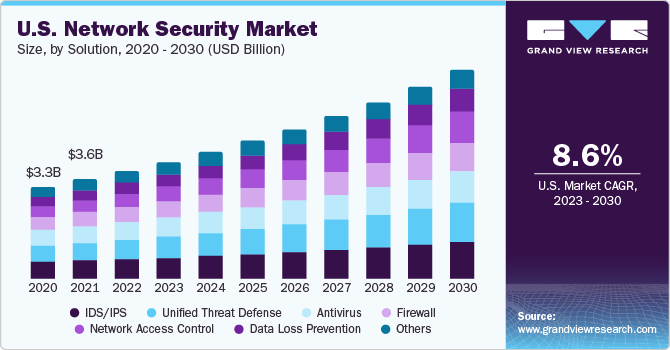FFT Pipeline Protection: Advanced Technologies to Safeguard Your Pipeline Infrastructure
Wiki Article
Exactly How Data and Network Safety And Security Protects Against Arising Cyber Dangers
In a period marked by the quick evolution of cyber dangers, the significance of information and network safety has never been extra noticable. As these hazards become a lot more intricate, understanding the interaction in between data safety and security and network defenses is crucial for reducing dangers.Recognizing Cyber Threats

The ever-evolving nature of modern technology continuously presents brand-new vulnerabilities, making it imperative for stakeholders to stay watchful. Individuals may unconsciously fall target to social engineering strategies, where assailants control them into revealing sensitive information. Organizations face distinct difficulties, as cybercriminals frequently target them to exploit valuable information or interrupt procedures.
Moreover, the increase of the Web of Things (IoT) has actually expanded the assault surface area, as interconnected tools can function as entrance factors for aggressors. Acknowledging the importance of robust cybersecurity techniques is essential for reducing these threats. By promoting a detailed understanding of cyber risks, organizations and individuals can carry out reliable strategies to secure their digital assets, guaranteeing strength in the face of an increasingly intricate risk landscape.
Key Components of Data Protection
Ensuring data safety calls for a diverse approach that includes different vital elements. One fundamental aspect is data security, which changes sensitive info right into an unreadable layout, obtainable only to accredited users with the ideal decryption keys. This works as a vital line of defense against unapproved gain access to.Another vital part is access control, which controls who can check out or adjust information. By implementing stringent individual verification protocols and role-based gain access to controls, companies can lessen the risk of expert threats and data breaches.

Furthermore, data masking methods can be used to protect sensitive information while still permitting for its usage in non-production settings, such as testing and development. fft perimeter intrusion solutions.
Network Safety Approaches
Applying durable network security approaches is important for safeguarding a company's digital infrastructure. These techniques involve a multi-layered approach that includes both hardware and software application services developed to shield the integrity, discretion, and availability of data.One important element of network safety and security is the deployment of firewall programs, which function as a barrier between relied on inner networks and untrusted external networks. Firewall programs can be hardware-based, software-based, or a mix of both, and they assist filter outgoing and inbound web traffic based on predefined security regulations.
Furthermore, invasion discovery and prevention systems (IDPS) play an important role in monitoring network traffic for dubious activities. These systems can signal managers to potential breaches and act to minimize dangers in real-time. Frequently patching and updating software is likewise critical, as vulnerabilities can be made use of by cybercriminals.
Additionally, implementing Virtual Private Networks (VPNs) makes certain safe and secure remote access, encrypting information transmitted over public networks. Segmenting networks can decrease the attack surface and consist of potential violations, restricting look at more info their impact on the general infrastructure. By taking on these strategies, companies can effectively strengthen their networks versus arising cyber threats.
Finest Practices for Organizations
Developing best techniques for companies is crucial in keeping a strong safety and security position. A comprehensive technique to information and network safety starts with normal danger evaluations to recognize vulnerabilities and potential threats. Organizations ought to carry out durable access controls, ensuring that only accredited workers can access delicate data and systems. Multi-factor authentication (MFA) must be a common demand to boost security layers.
In addition, constant worker training and recognition programs are vital. Staff members ought to be informed on acknowledging phishing efforts, social design methods, and the relevance of adhering to safety methods. Normal updates and patch administration Visit This Link for software and systems are additionally important to protect against understood susceptabilities.
Organizations must create and evaluate occurrence action plans to ensure preparedness for potential violations. This includes developing clear interaction channels and duties throughout a protection event. Data file encryption should be employed both at remainder and in transit to protect delicate information.
Finally, performing periodic audits and compliance checks will assist make certain adherence to established policies and appropriate guidelines - fft perimeter intrusion solutions. By following these finest methods, companies can dramatically boost their resilience versus arising cyber threats and protect their vital possessions
Future Trends in Cybersecurity
As organizations navigate a progressively complicated digital landscape, the future of cybersecurity is poised to develop considerably, driven by emerging technologies and shifting hazard standards. One famous pattern is the combination of expert system (AI) and artificial intelligence (ML) right into protection structures, enabling for real-time risk detection and response automation. These modern technologies can assess huge amounts of data to recognize abnormalities and possible breaches more successfully than typical techniques.Another critical fad is the increase of zero-trust architecture, which calls for constant verification of customer identities and device safety, regardless of their area. This technique reduces the risk of expert threats and boosts security versus outside strikes.
In addition, the increasing adoption of cloud solutions demands durable cloud safety and security methods that resolve special vulnerabilities related to cloud atmospheres. As remote job becomes a permanent component, securing endpoints will likewise become vital, leading to an elevated emphasis on endpoint detection and feedback (EDR) remedies.
Finally, regulatory compliance will remain to shape cybersecurity practices, pushing companies to take on more strict data protection measures. Embracing these fads will certainly be essential for organizations to strengthen their defenses and browse the evolving landscape of cyber threats effectively.
Final Thought
In final thought, the execution of robust data and network protection procedures is essential for organizations to secure against arising cyber dangers. By utilizing file encryption, accessibility control, and efficient network security approaches, companies can considerably decrease susceptabilities and safeguard delicate info.In an era marked by the fast advancement of cyber risks, the significance of information and network safety and security has actually never been much more noticable. As these dangers end up being extra complex, recognizing the interplay between information safety and security and network defenses is visit the site crucial for mitigating risks. Cyber hazards include a vast variety of malicious activities intended at compromising the privacy, honesty, and accessibility of information and networks. A detailed strategy to data and network security begins with normal threat evaluations to determine vulnerabilities and possible risks.In conclusion, the implementation of durable data and network security actions is crucial for organizations to safeguard against emerging cyber dangers.
Report this wiki page